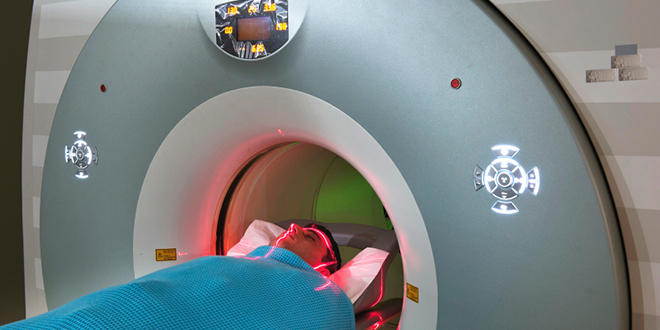Manufacturing Innovation Blog
Powered by the Manufacturing Extension Partnership

Some things are just meant to be, apparently. September 23, 2014 marked an interesting waypoint in the career of someone concerned about standards of measurement. That’s the day I became a Standard Reference Human. Having started working for the (then) National Bureau of Standards (NBS) almost 28 years ago, it seems to me this should be a significant achievement. For those who don’t know, NBS is the predecessor to the National Institute of Standards and Technology (NIST), the nation’s standards and metrology laboratory. It’s also the home of the Hollings Manufacturing Extension Partnership (MEP), the Malcolm Baldrige National Quality Program and the Advanced Manufacturing National Program Office (AMNPO), the interagency coordinating body for the National Network of Manufacturing Innovation.
Among NIST’s major functions are the things we do related to standards – standard reference materials (SRM), standard reference data (SRD) and calibration services. Standard reference data have been a part of NIST and NBS since before 1969 when the Congress first gave NBS an appropriation for it. SRD means quantitative information, related to a measurable physical or chemical property of a substance or system of substances of known composition and structure, which is critically evaluated as to its reliability. Calibration services are exactly what they sound like. Companies send machines to NIST for comparison against known standards and adjustments are made to the equipment so the outputs are within the precision and accuracy that they should be.
Standard Reference Materials include a number of things such as
- Pure substances; essentially pure chemicals, characterized for chemical purity and/or trace impurities.
- Standard solutions and gas mixtures.
- Matrix reference materials, characterized for the composition of specified major, minor or trace chemical constituents.
- Physico-chemical reference materials, characterized for properties such as melting point, viscosity or optical density.
- Reference objects or artifacts, characterized for functional properties such as dimensions, octane number and hardness.
The latter category includes some of the work the NIST Engineering Laboratory is doing in additive manufacturing to help everyone make sure that what the equipment manufacturers say you can do are, in fact, things you can do. It’s also the category that includes me now.
How did you become a standard reference human article?, you ask. A combination of luck and coincidence. A number of years ago, I entered a research study at the National Institutes of Health related to DNA and heart disease, and yes, there’s a family history there I can trace back at least 3 generations. As a result of that study, I ended up having coronary bypass surgery and simultaneously scaring the bejeezus out of most of the MEP staff (to the point that they joined the study too). A follow-up study starting two years ago used magnetic resonance imaging (MRI) to look at whether there was any correlation between the dose of the medication I’m on for high cholesterol and the thickness of my carotid artery wall. It also included a pair of computed tomography (CT) scans of my heart. My part of that study ended last month. By coincidence, NIH had relatively recently acquired a new CT machine with a lower radiation profile and was looking for a statistically significant number of people, in this case about 30, who’d had recent CT scans and could come back within 30 days to have new scans done with the new machine to compare to the results from the old machine. I could and did. There are a number of unique features in my chest due to the bypass (including the titanium wire that held my sternum together post-surgery) that should add to the ability of the NIH research team to compare images and match features.
The follow-up process included an MRI and three different CT scans using different levels of the dye contrast agent to see just how low the radiation and contrast agent levels could be. Scarily, I could tell that they were using different levels of the contrast agent. (If you’ve ever had one, the body exhibits a particular response to it. If not, don’t worry about it.) My hope is that the lower radiation provides a comparable result as less exposure to radiation is almost always a good thing.
Since the images are being used to compare the outputs of the two CT machines, that makes me a standard reference human. For an NBS guy, that’s a big accomplishment.
About the author
Related Posts
Comments
- Reply



